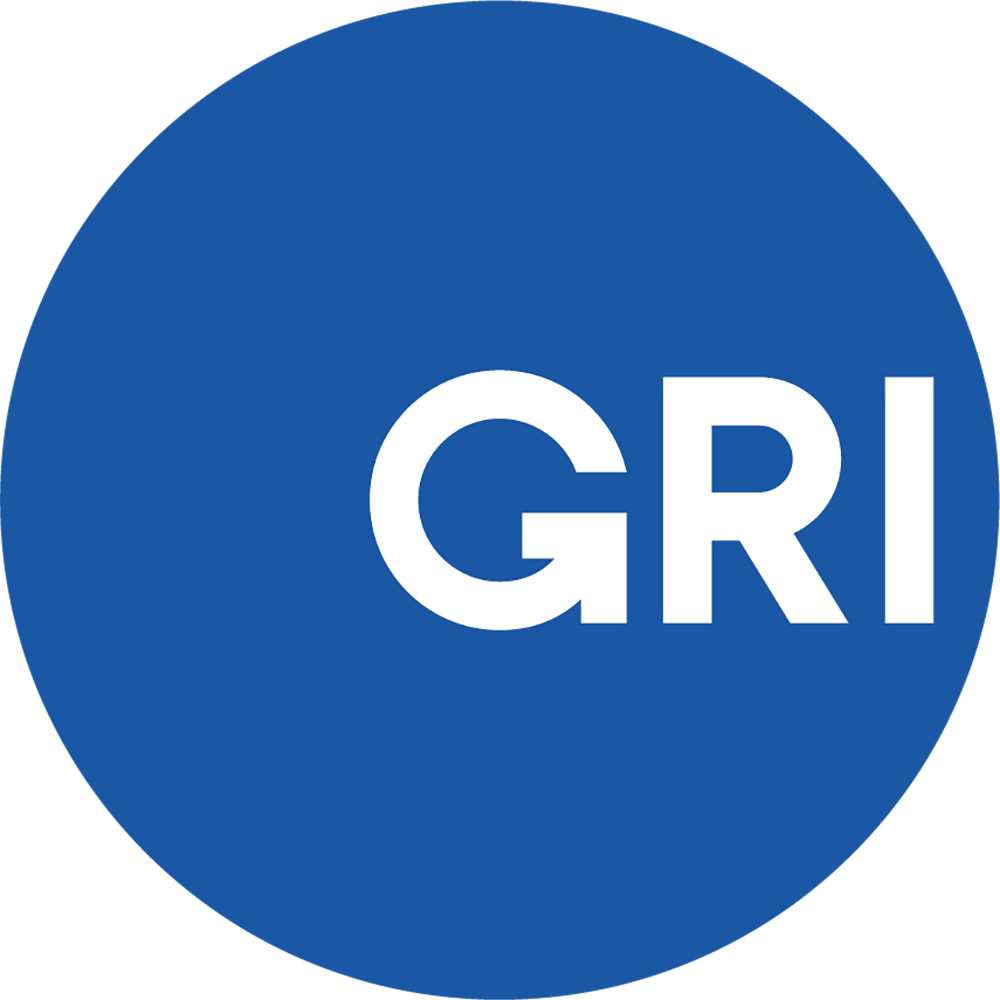True Transparency Requires In-Depth Reporting
Experiences using GRI and SASB Standards together

How can organizations respond to their needs for improved information on sustainability risks, as well as growing external expectations for transparency? And how can more comprehensive reporting help them adapt to responsible business practices?
These key questions are explored in the recently launched joint guide from GRI and SASB, which is built around interviews with four global companies that use both sets of standards together to meet their disclosure needs. Here we take a look at some of the insights shared by these companies.
As the importance of sustainability issues becomes more widely understood, the demand for organizations to be transparent about their performance and impacts increases. And, as the interviewees make clear, the backdrop of the COVID-19 pandemic is only increasing the urgency for companies to demonstrate they are embracing more resilient and sustainable ways of working.
Communicate both your positive and negative impacts
Comprehensive sustainability reporting means that companies should not shy away from disclosure on more challenging topics or themes.
As Esther An, Chief Sustainability Officer of City Developments Limited (CDL), puts it: “a sustainability report is not a PR report. So don’t expect me just to highlight the positive; I will be truthful and report the areas for improvement as well.”
Kris Frederickson, Manager, Sustainability Disclosure & Engagement at Suncor Energy, agrees that GRI and SASB can help identify areas to work on. He says: “If the standards can highlight challenges or opportunities for improvement, we should take advantage of them.”
Be prepared to respond to new regulations
There are increasing requirements for environmental, social and governance (ESG) reporting that are being introduced or proposed, in markets around the world – both at national and regional levels.
Stricter guidance and regulation are likely to change the landscape in the future, according to the interviewees. The pressure will come not just from legislators but increasingly from stakeholder groups, particularly investors and other companies in the value chain.
Harriet Howey, Global Non-Financial Reporting and ESG Lead at Diageo, highlights that: “it’s going to become more regulated, so people should try to get ahead of the regulations now. There are so many consultations out there. It’s another reason that people should be thinking about reporting.”
Expect investor interest to continue to rise
The general consensus of the interviewees is that attention on ESG matters is increasing, from multiple stakeholders. Investor interest, in particular, stands out – both in response to emerging regulation and the recognition of these issues as being relevant to financial performance and enterprise value.
Looking ahead, Esther points out that: “sustainability reporting and overall disclosure will be growing, definitely. But it will probably be more succinct, focusing on important issues, and investors have to say more about what they want.”
Access the benefits that come with global standards
These dynamics all point to rapidly changing demands for sustainability information. And with interest in a companies’ sustainability impacts and performance growing among a diverse range of stakeholders, reporting standards also need to keep pace and evolve.
Reflecting on the role of different standards, Sharon Basel, Senior Manager Sustainability Reporting & ESG Strategy, GM, says: “GRI drives the discussion and the narrative about how a company is managing the material issues to all stakeholders, where SASB is more focused purely on financial materiality.”
GRI and SASB Standards seek to meet these needs in a complementary way, providing guidance and resources that enable companies to effectively communicate with a broad range of stakeholders – both now and in the future.
- For further insights, read the joint publication A Practical Guide to Sustainability Reporting Using GRI and SASB Standards

